Original art for sale
Shop original and limited edition art, directly from artists around the world.
Clear all 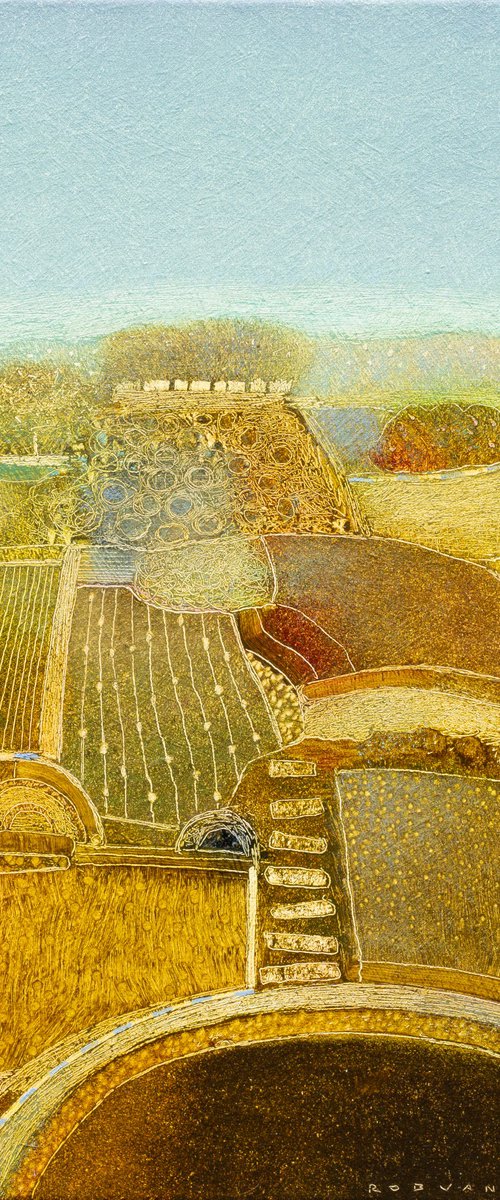
Rob van Hoek
Oil painting
54 x 54cm
£851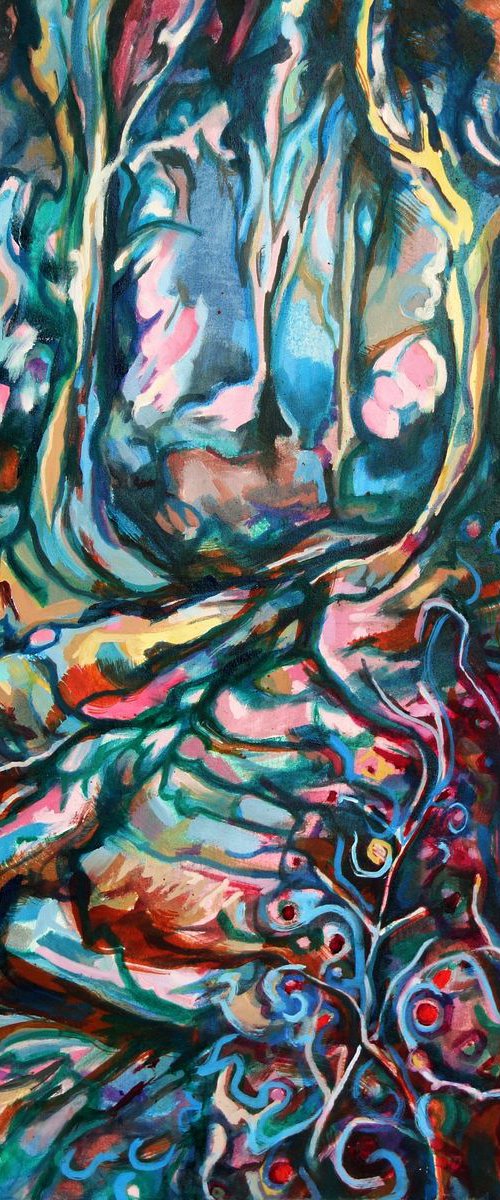
Guy Pickford
Oil painting
60 x 75cm
£450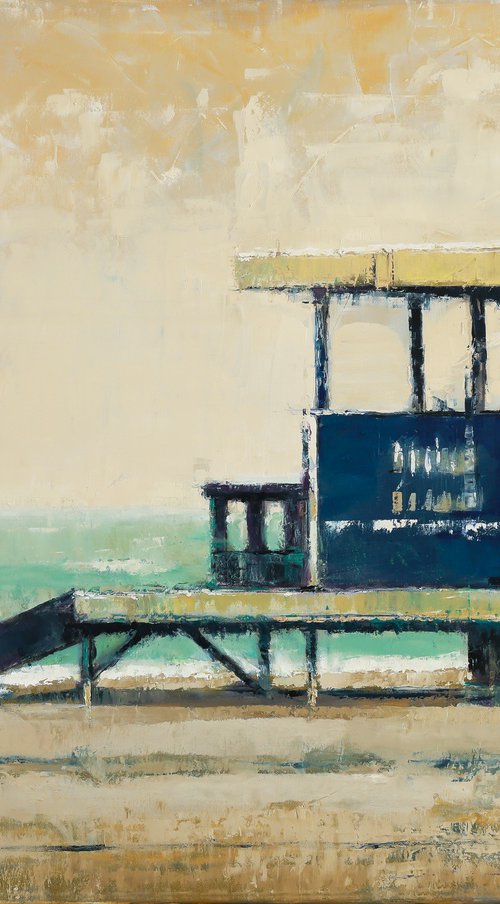
Bo Kravchenko
Oil painting
102 x 76cm
£1015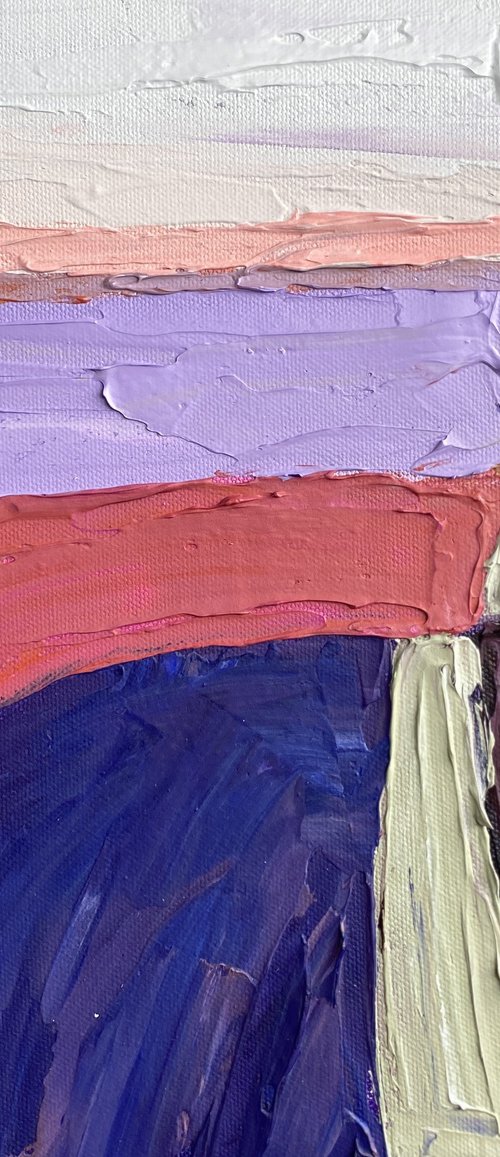
Guzaliya Xavier
Acrylic painting
31 x 31cm
£197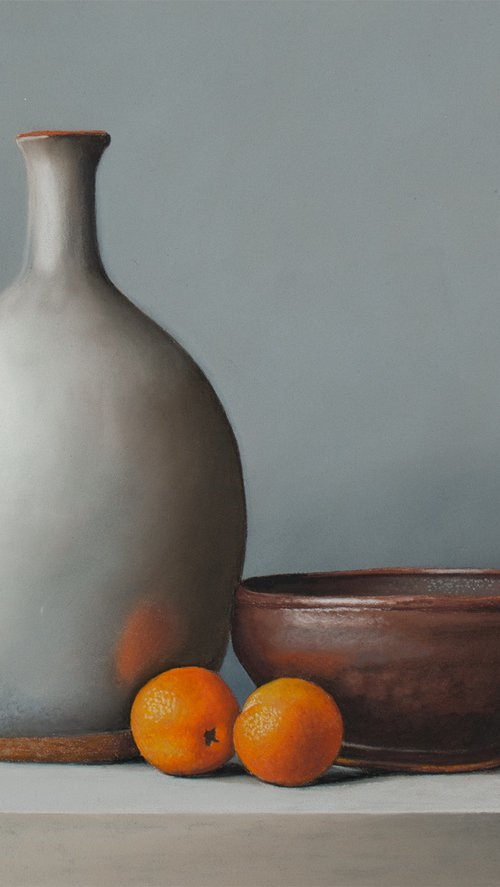
Dietrich Moravec
Pastel drawing
40 x 30cm
£430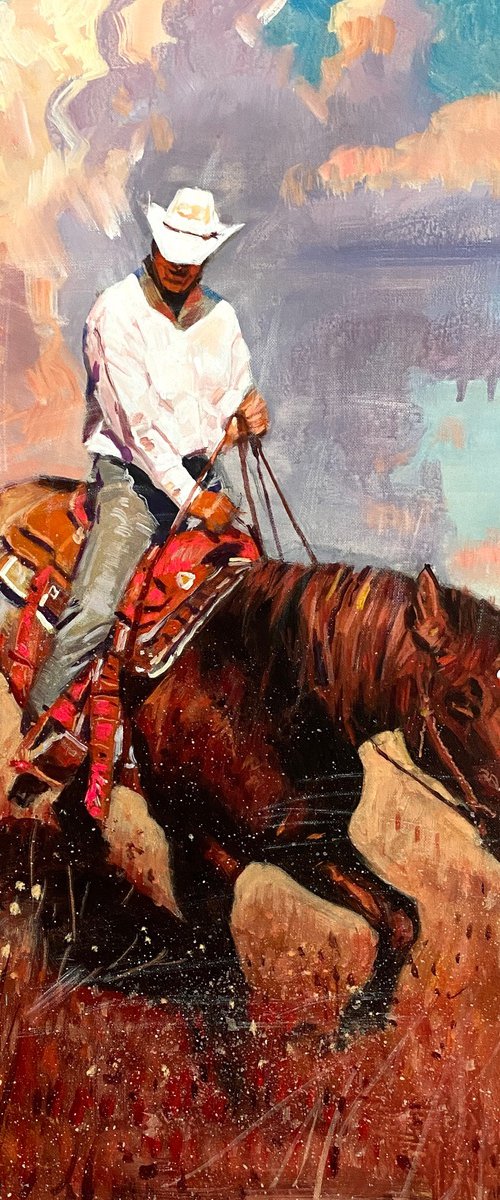
Paul Cheng
Acrylic painting
61 x 76cm
£859
Margarita Ivanova
Oil painting
50 x 90cm
£2037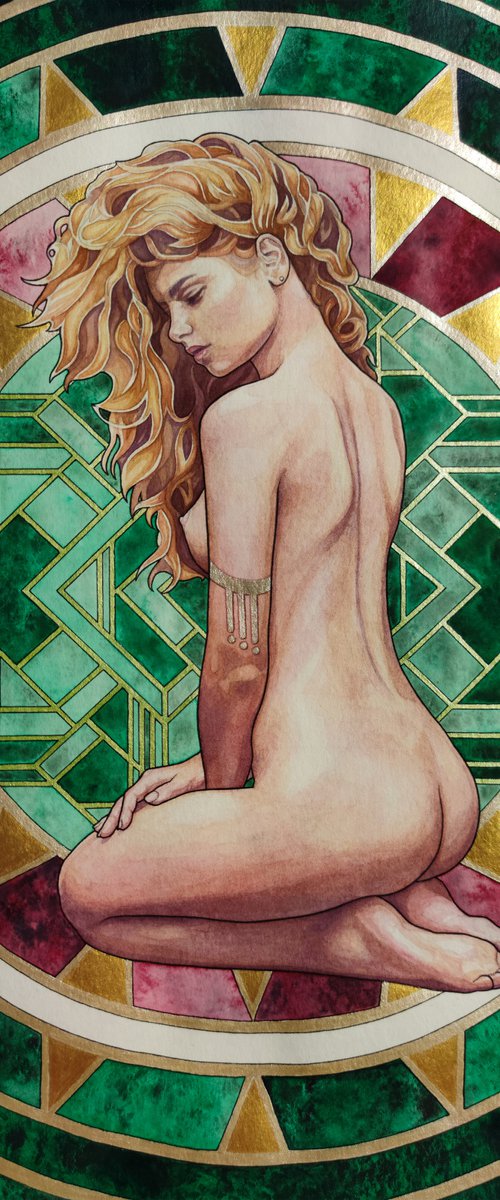
Oleg Kaznacheiev
Watercolour
31 x 46cm
£601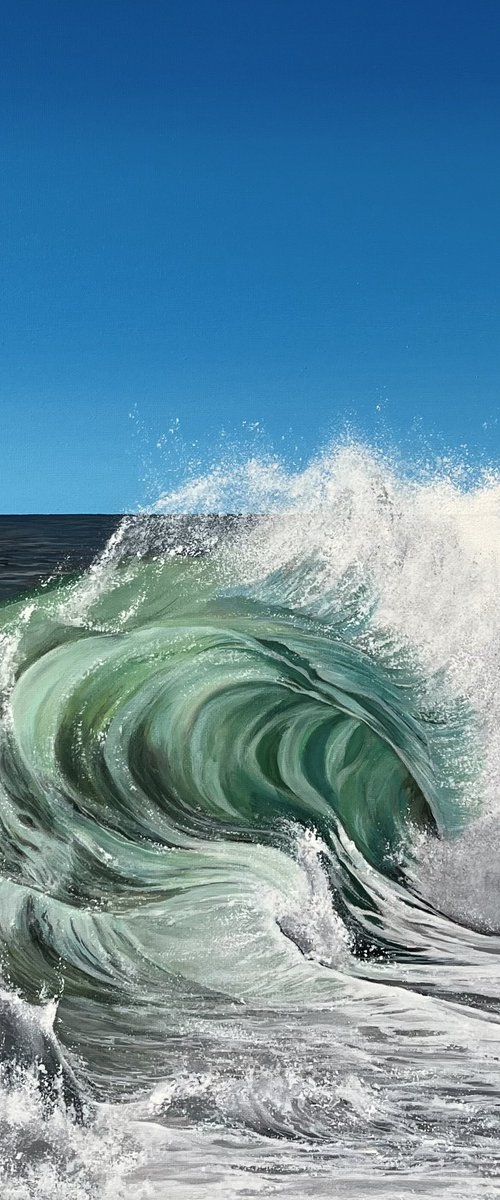
Victoria Obolensky
Acrylic painting
40 x 40cm
£495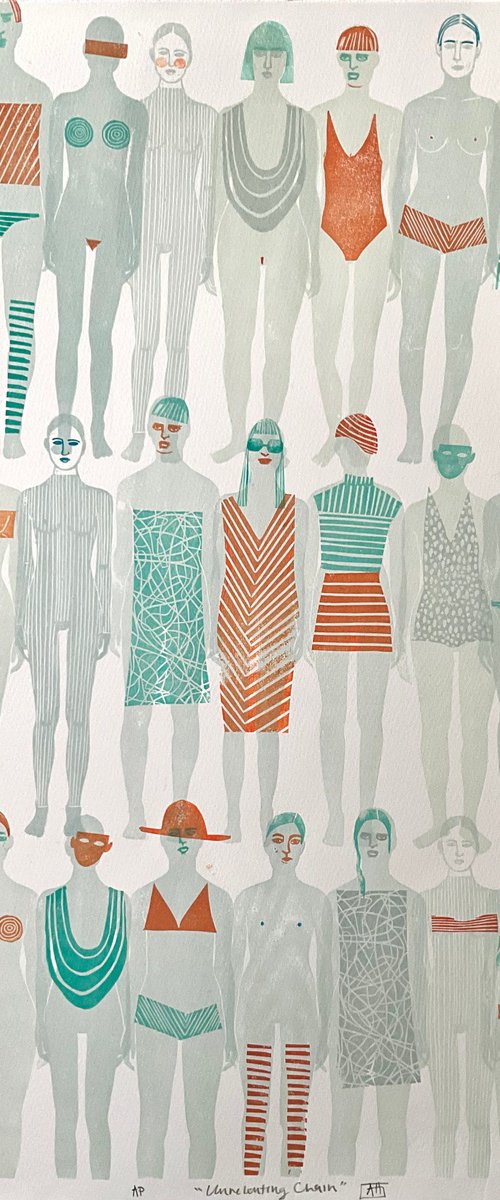
Alison Headley
Linocut
38 x 57cm
£375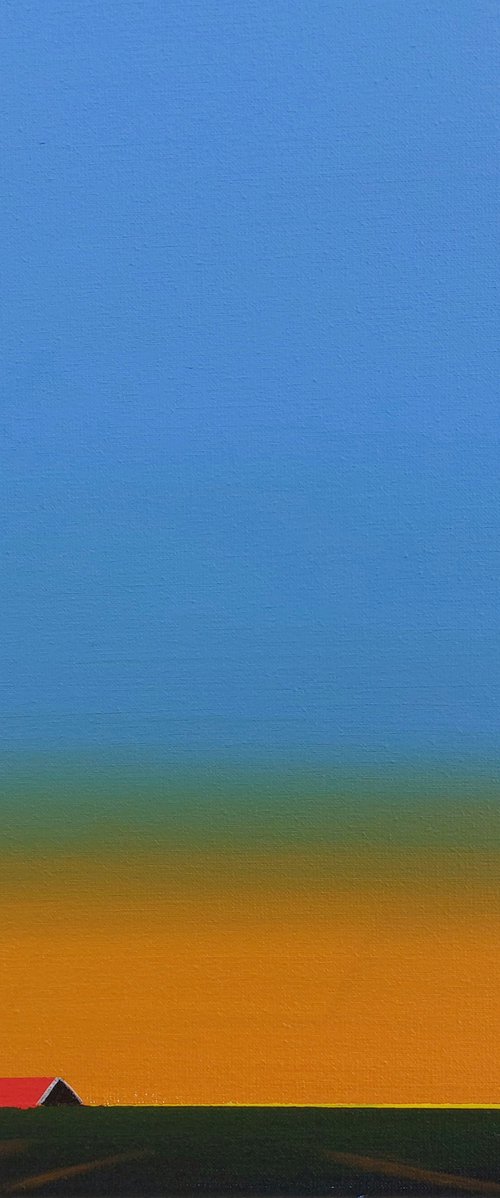
Nelly van Nieuwenhuijzen
Acrylic painting
30 x 30cm
£237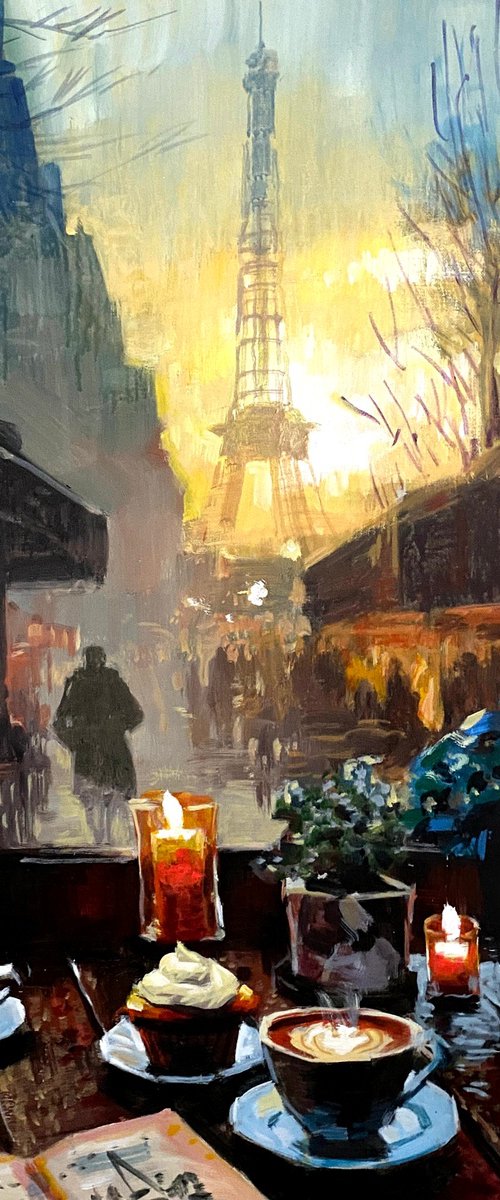
Paul Cheng
Acrylic painting
61 x 76cm
£619